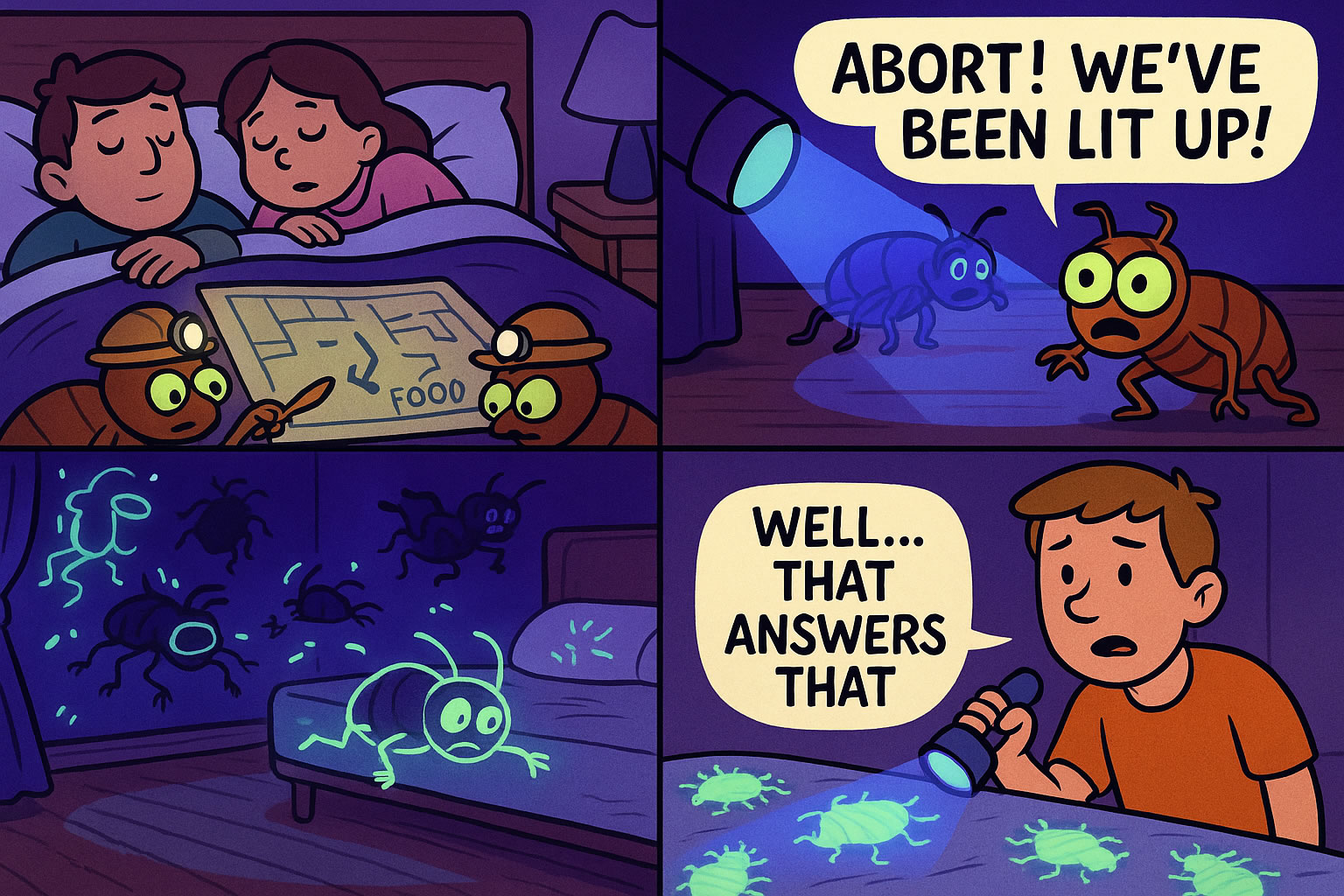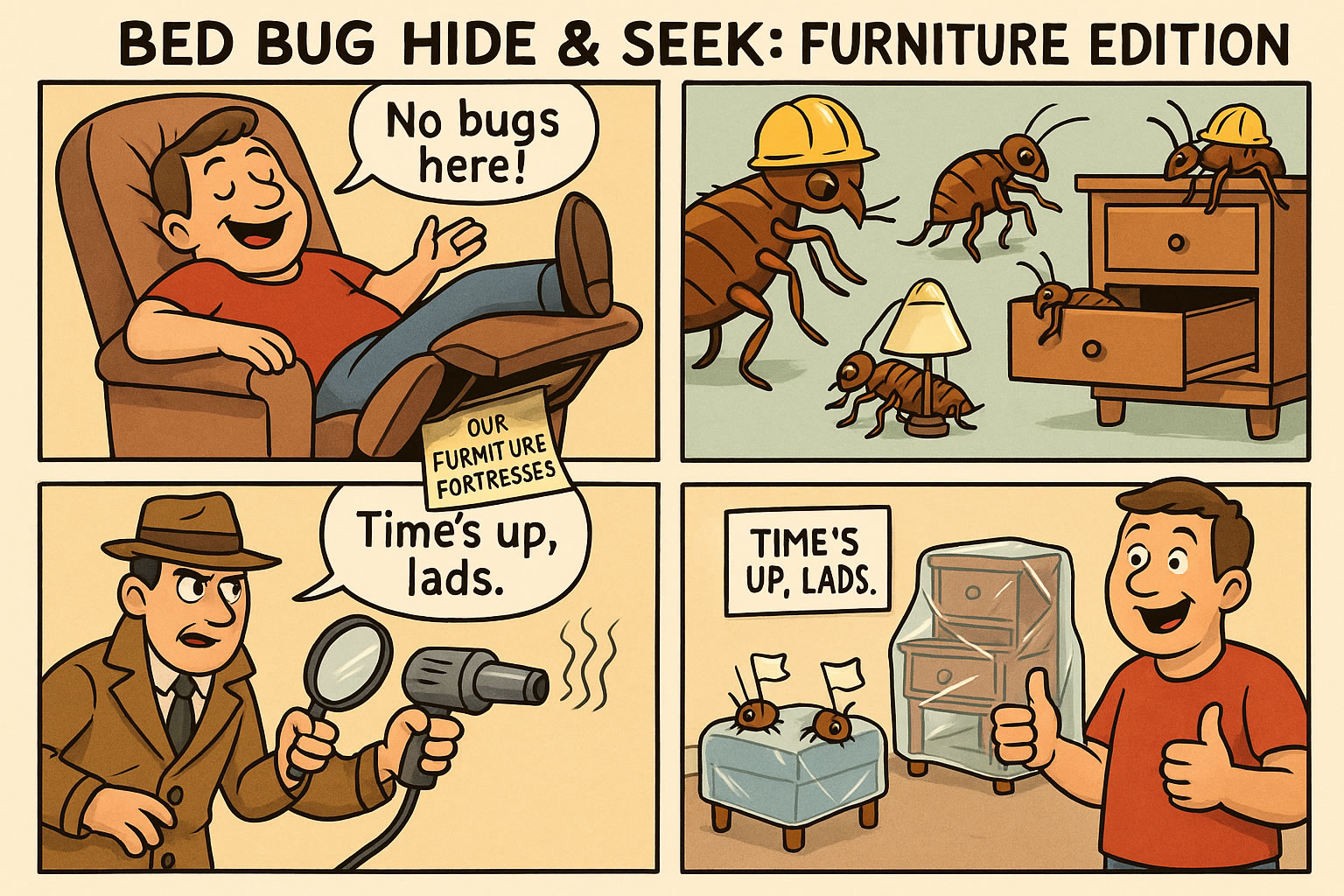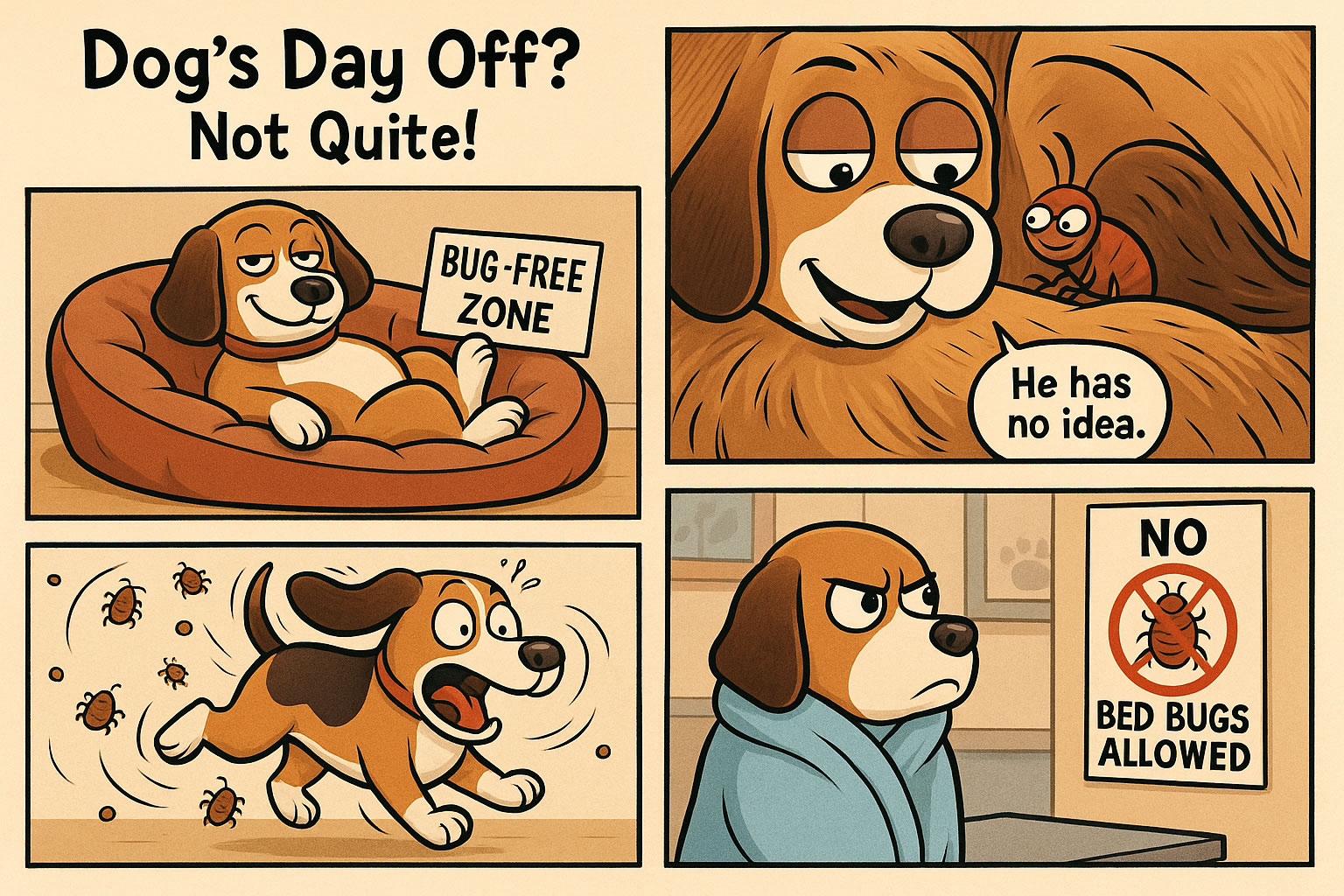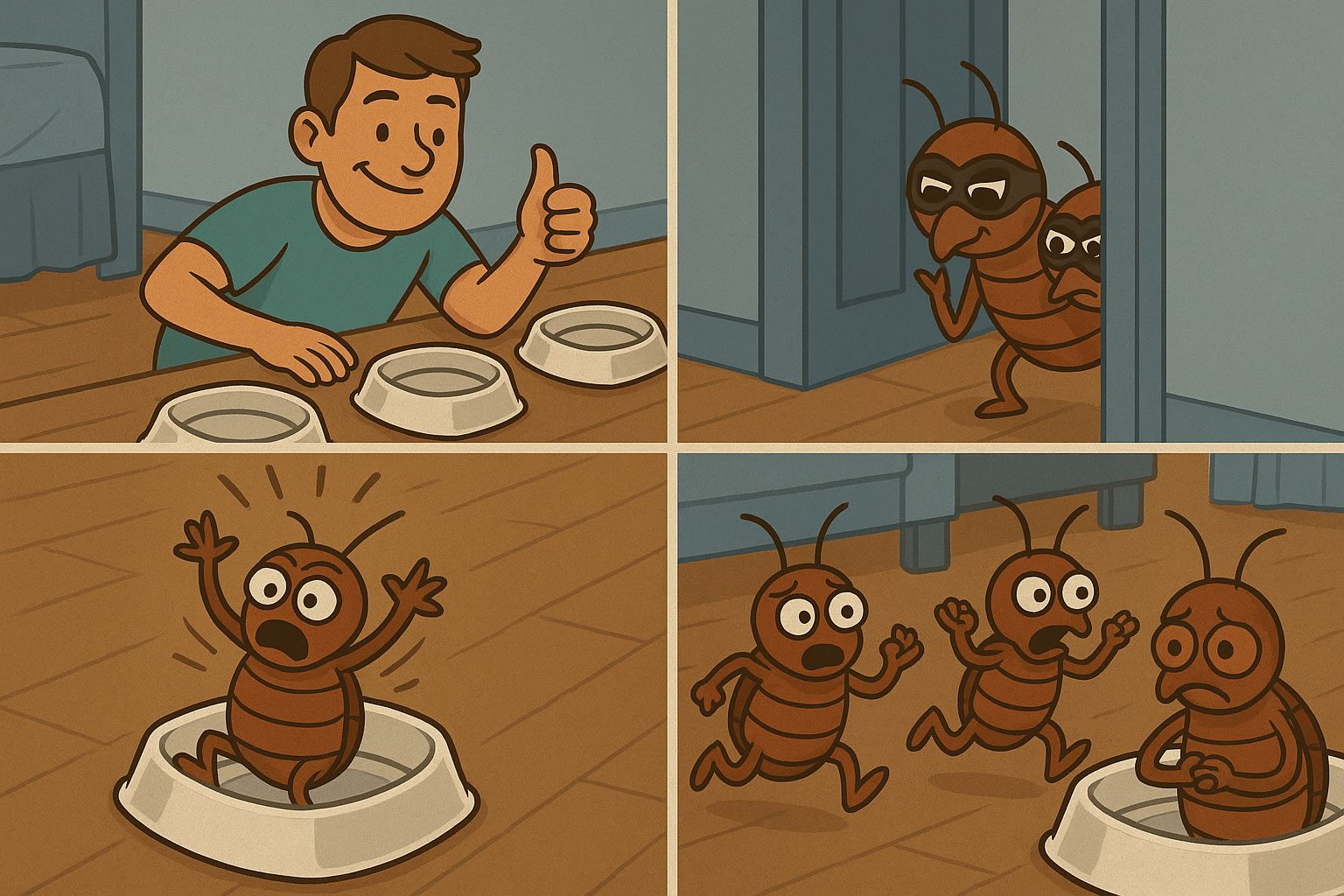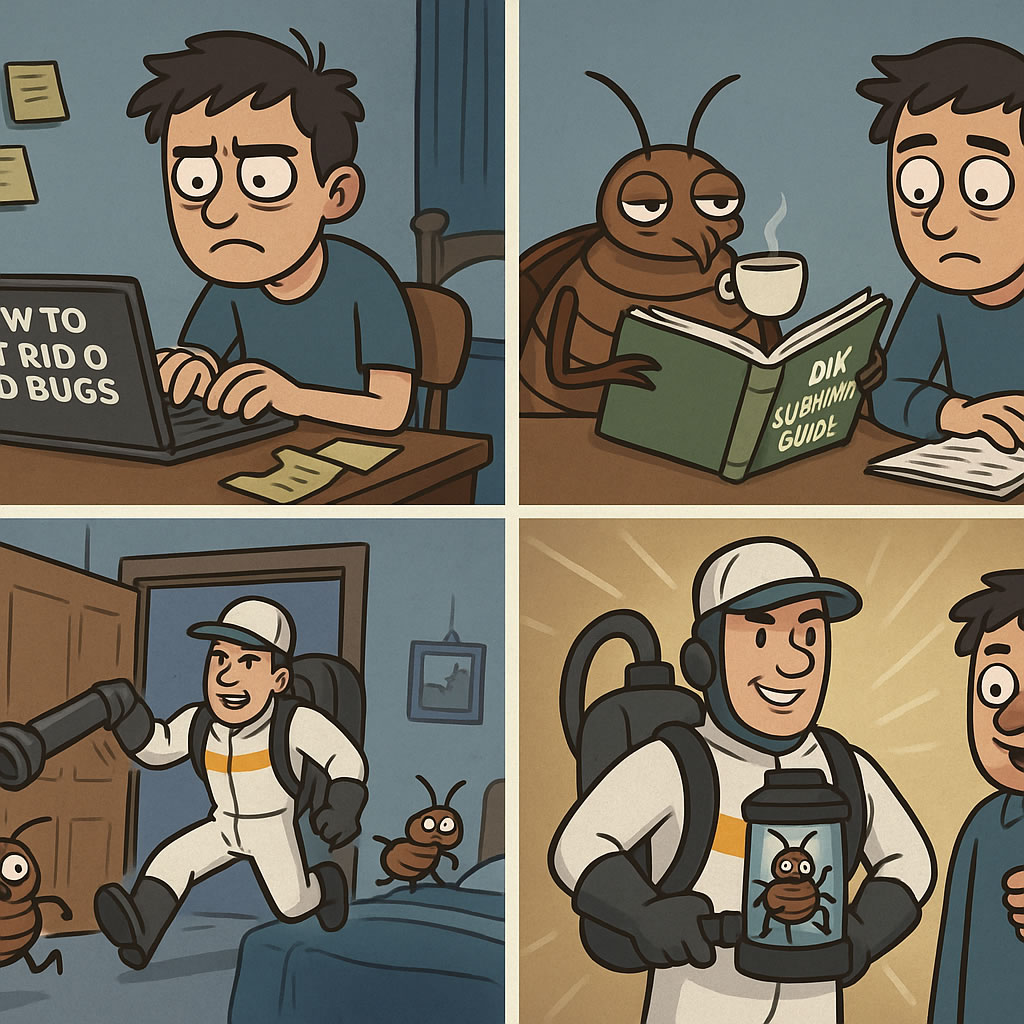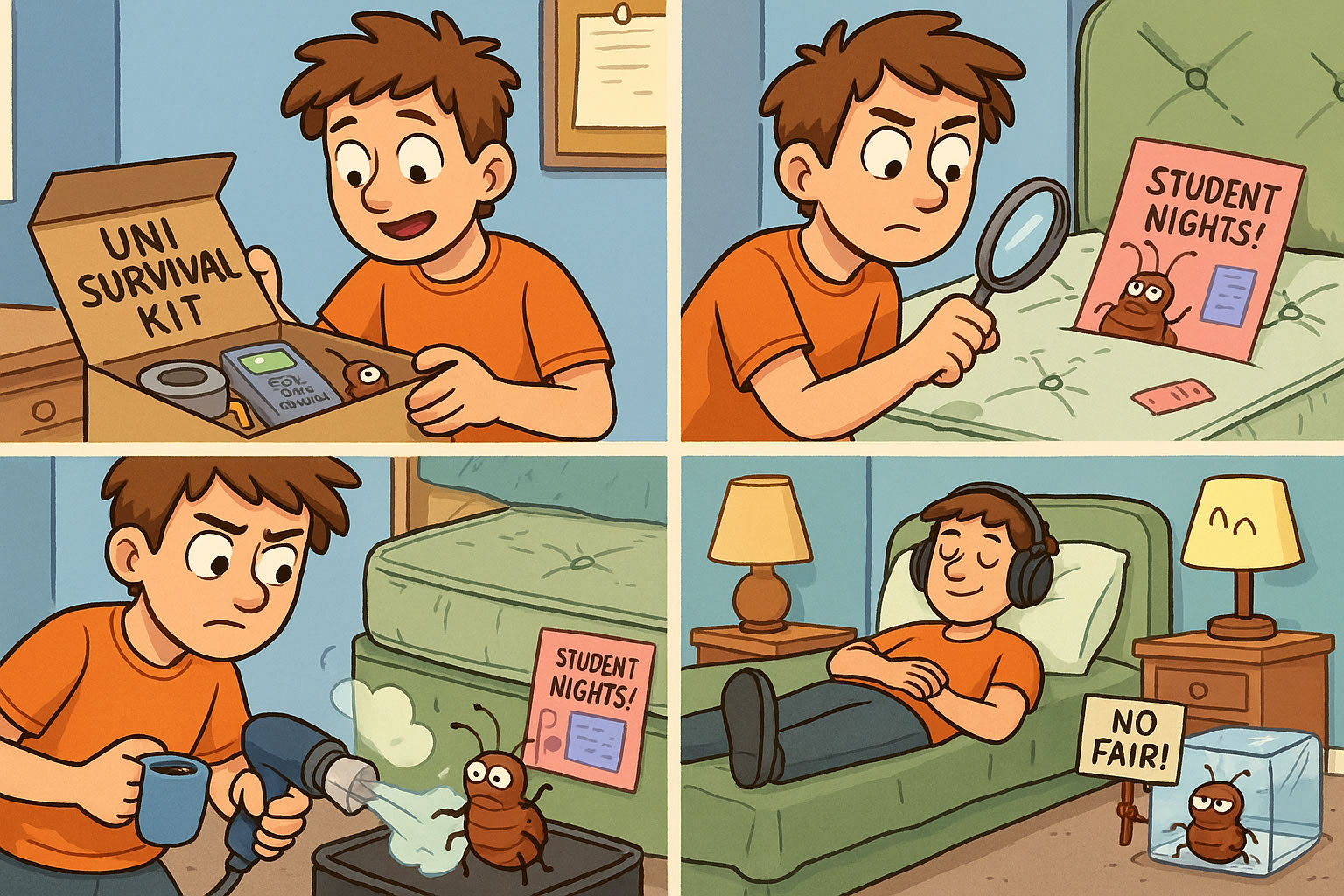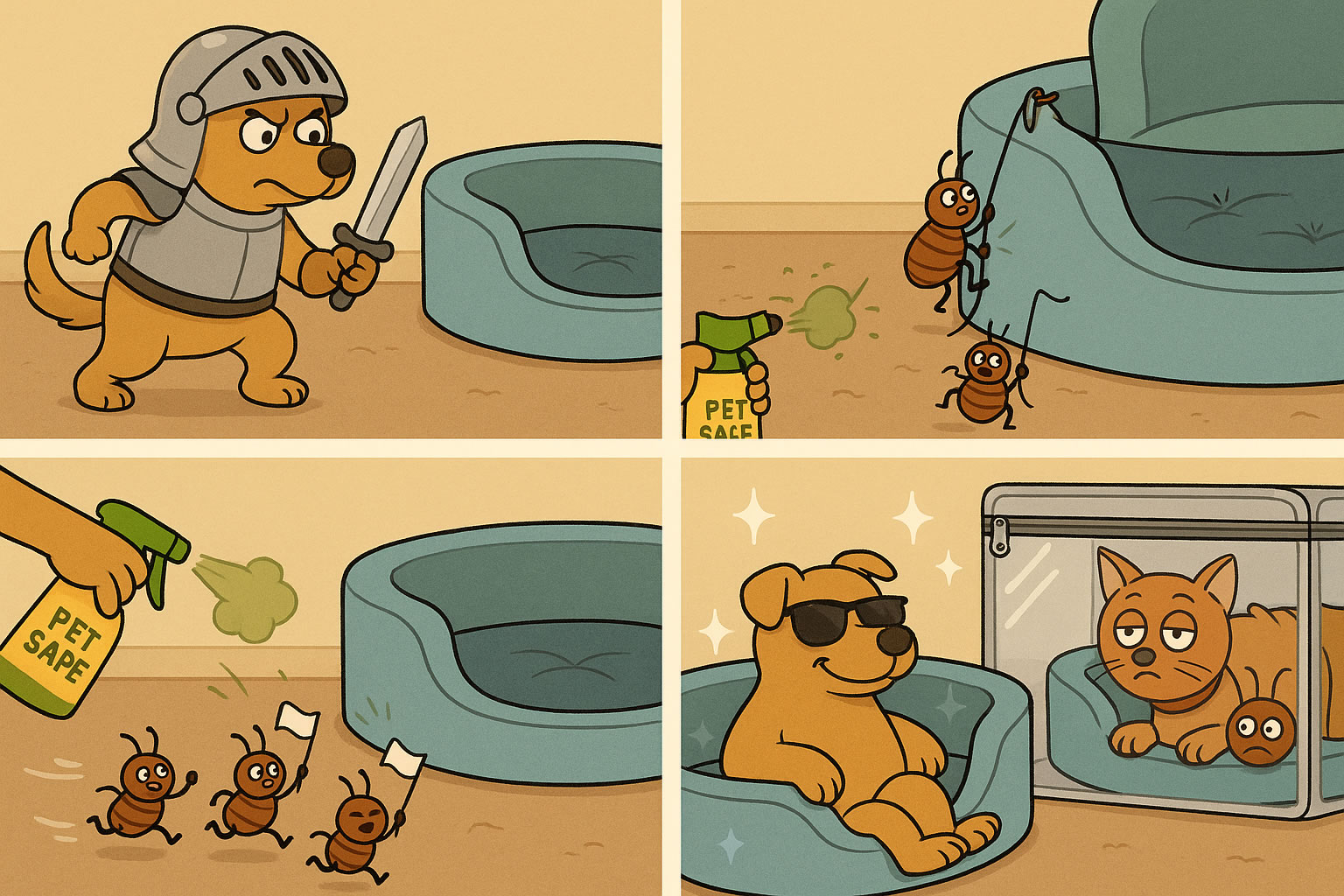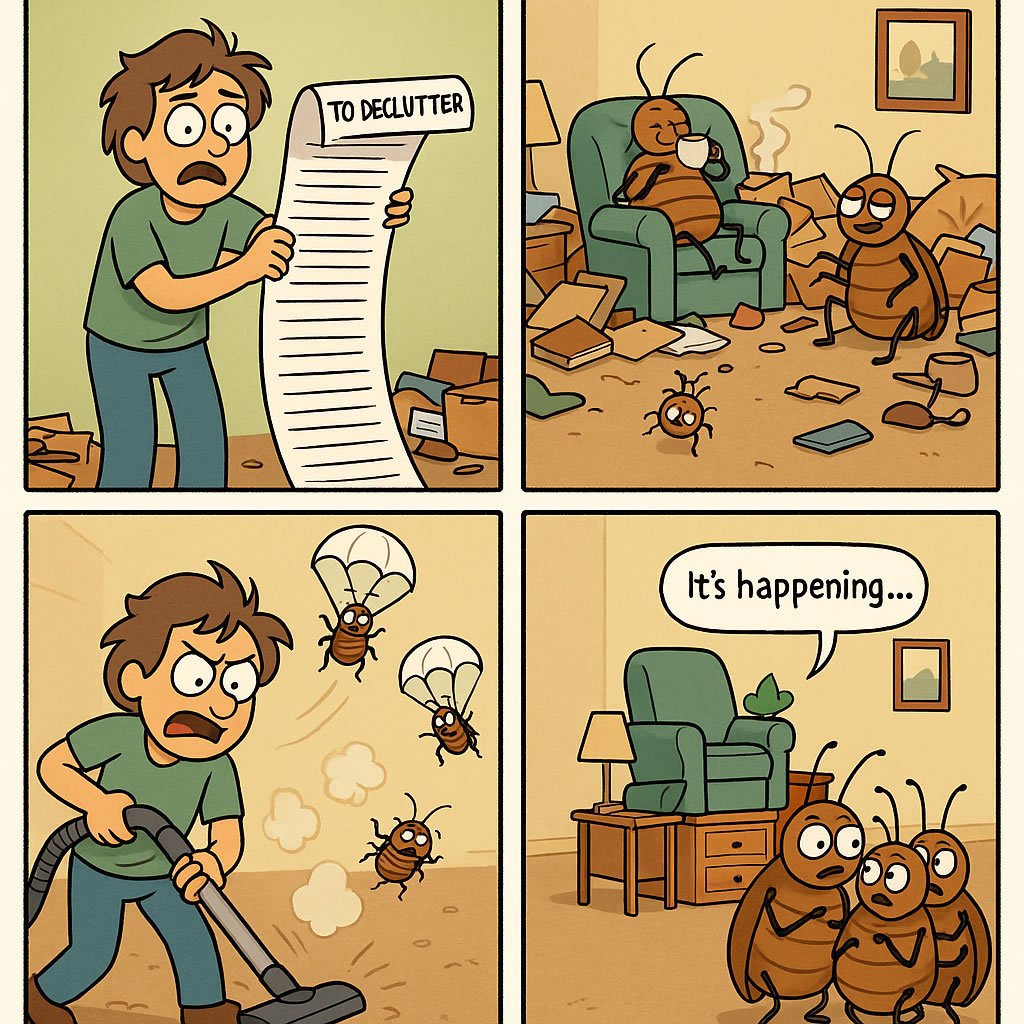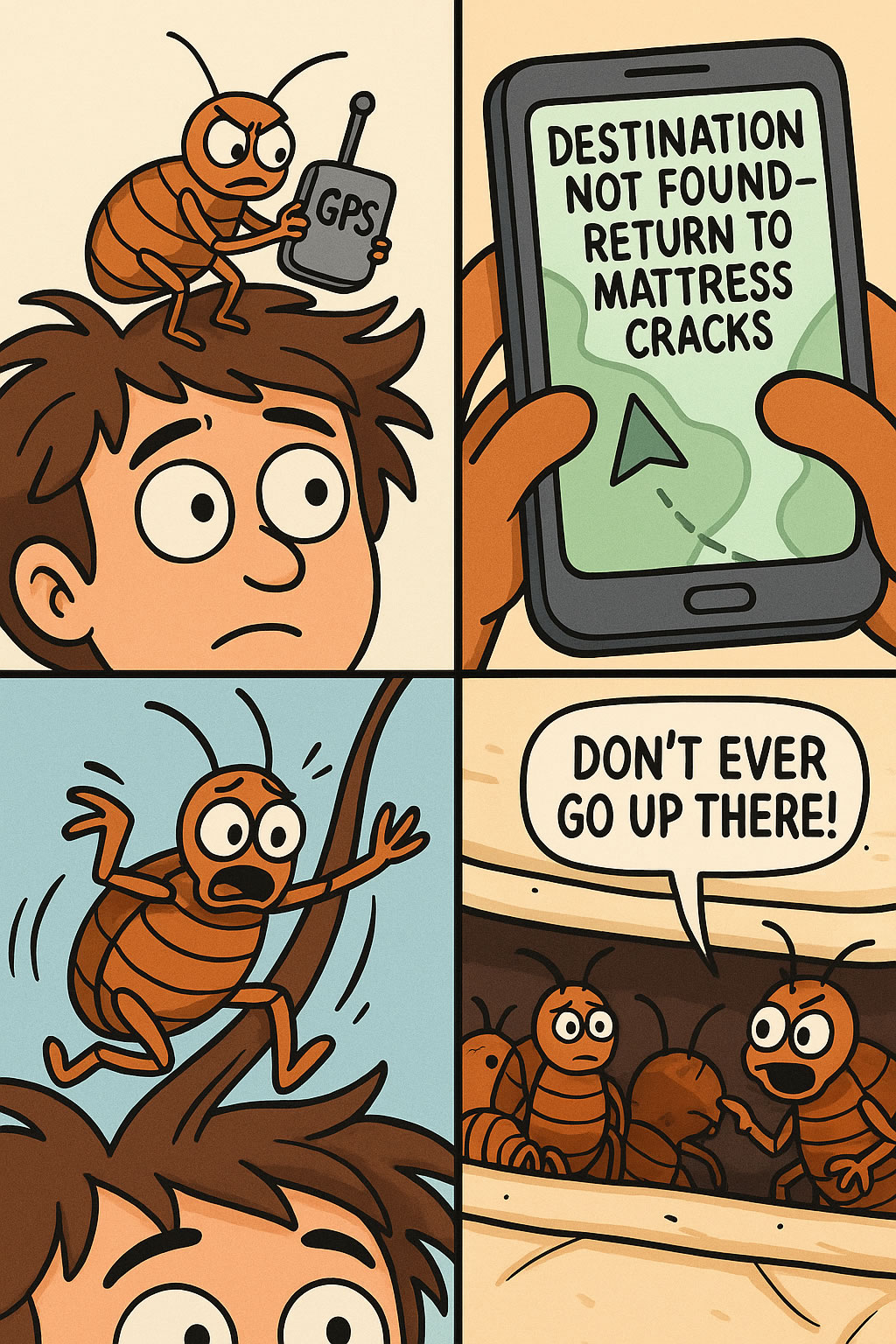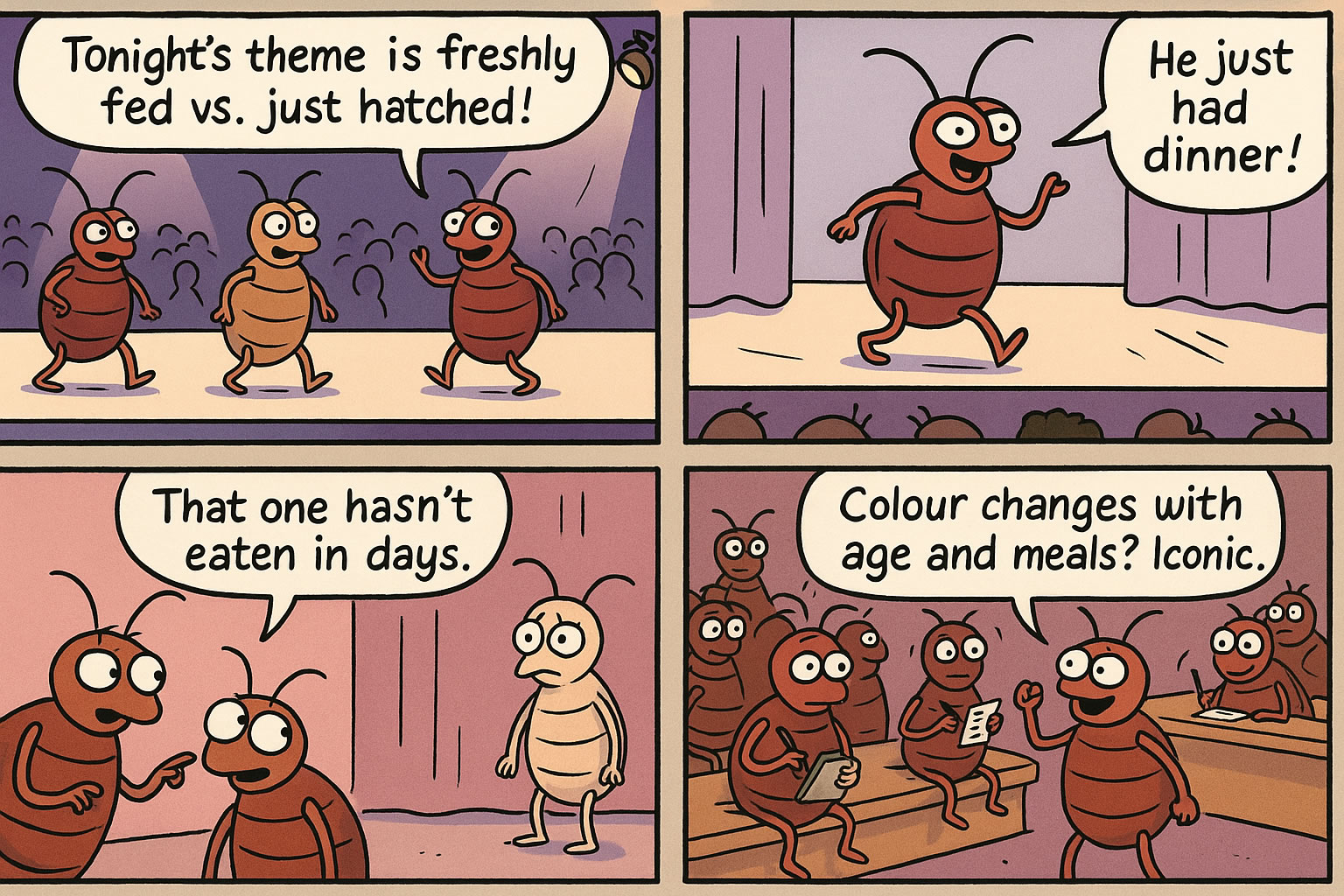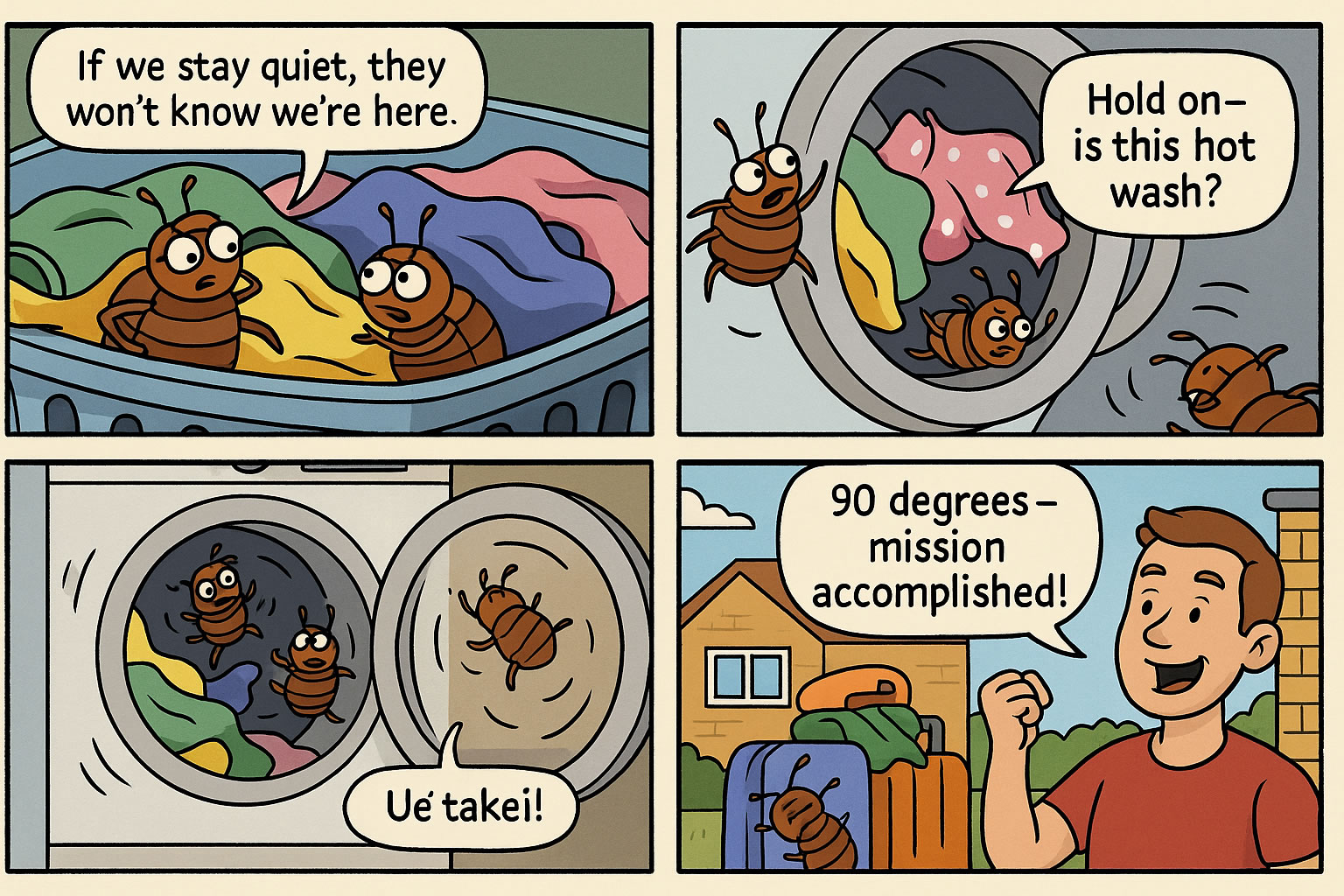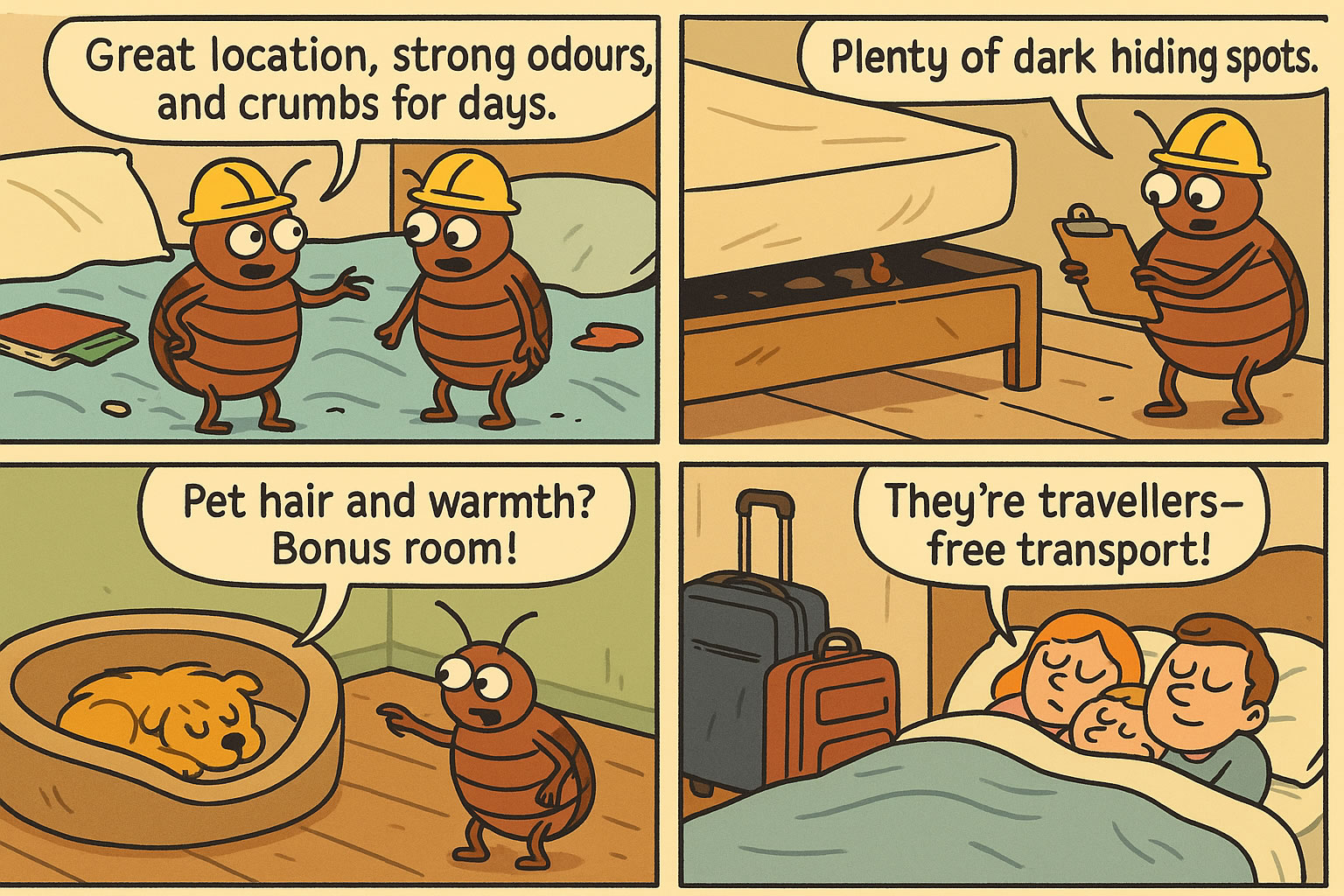Related Queries
ToggleBed bugs can sneak into your home through clothes, luggage, toys, and furniture without you noticing. These pesky insects have brown or reddish flat bodies and love to stay hidden when the sun’s up.
While a black light can assist in detecting indicators of a bed bug infestation, it is essential to understand its limitations. The black light does not cause the bed bugs themselves to glow; instead, it can sometimes highlight their faecal matter—small blood stains—which may appear faintly fluorescent under ultraviolet light.
To use a black light effectively, focus on inspecting key areas where bed bugs are likely to reside. Pay particular attention to mattress seams, bed frames, and furniture, as these are common spots where bed bug excrement might accumulate. Look for tiny dark red or slightly fluorescent spots that could signify the presence of an infestation.
It is also important to note that the effectiveness of a black light may vary. Not all bed bug strains exhibit fluorescent properties under UV light, meaning a black light alone may not always provide reliable detection. If bed bugs are suspected, combining black light use with other inspection methods or consulting pest control professionals can increase the likelihood of accurate identification.
How Black Lights Work for Bed Bug Detection
Black lights, also known as UV lights, work on a fascinating scientific principle that makes them especially useful for bed bug detection. These specialised lights emit ultraviolet radiation at a higher wavelength than visible light. The most effective UV lights for bed bug detection work at 365nm wavelength, which creates the classic ‘black light’ effect.
Understanding UV light basics
UV light has a unique interaction with phosphors – luminescent substances that absorb energy and release it as visible light instead of heat. These phosphors absorb the high-energy radiation from UV light and re-emit it at a longer wavelength. This process creates the characteristic glow we see with black lights.
Our eyes cannot see UV light directly, yet it shows up as a dark purple colour. Purple represents the highest visible light wavelength that human eyes can detect. UV light’s interaction with certain materials creates fluorescence that makes previously invisible substances visible.
What makes bed bugs glow
Checking for bed bugs‘ visibility under UV light comes from their biological makeup. Their exoskeletons contain specific compounds called porphyrins with unique molecular properties. UV light makes these porphyrin molecules’ electrons jump to higher energy levels. The electrons release absorbed energy as visible light when they return to their original state.
In stark comparison to this common belief, adult bed bugs do not directly glow under black light. You can spot several key indicators:
- Blood spots and faecal matter left by bed bugs show a slight glow
- Bed bug eggs become easier to spot
- Shed exoskeletons stand out, especially on carpeted surfaces
UV light detection works because it reveals multiple signs of bed bug presence. Trained observers can identify distinctive patterns from the fluorescence of their waste, body fluids, and potentially their eggs and skins. UV light helps with early detection and lets you monitor how well existing treatments work.
UV light does more than just detect bed bugs – research shows it can change their behaviour and survival. Studies reveal that UV light disrupts their normal patterns, including how they feed and breed. It also damages bed bug DNA with prolonged exposure, particularly affecting newly hatched specimens.
Step-by-Step Black Light Inspection Guide
A black-light inspection needs proper preparation and attention to detail. You need a systematic approach to catch all possible signs of bed bug activity.
Preparing your space
You’ll need some essential tools: a UV flashlight, a magnifying glass, and an old credit card to probe tight spaces. The inspection area should be clear of all bedding, clothes, and personal items. Put these items in sealed plastic bags so bugs won’t scatter around. The floors need a good vacuum cleaning, and make sure to throw the vacuum contents outside your building.
Best time for inspection
Bed bugs feed at night and hide during the day. The inspection works best in complete darkness. Close all blinds and curtains, and cover windows with blackout paper. All electronic devices should be turned off because even a tiny bit of ambient light can mess with UV detection.
Key areas to check
Start in one corner of the room and work your way around each piece of furniture. These spots are where bed bugs love to hide:
- Mattress seams, tags, and piping
- Box spring edges and corners
- Headboard joints and bed frame
- Electrical outlets and switch plates
- Curtain folds and wall hangings
What signs to look for
The UV light makes several telltale signs visible. Thin black streaks along baseboards, cupboards, and furniture cushions show bed bug waste. Golden-coloured shell casings appear when bed bugs shed their exoskeletons five times as they grow. You might spot unhatched bed bug eggs in white clusters of two to five, about the size of a rice grain. Dark red blood spots could show up where bed bugs got crushed.
Take samples in a container or snap photos of anything suspicious for professional verification. Note that bed bugs usually stay within 6mm of their food source, so focus your search near sleeping areas.
Common Signs Revealed Under UV Light
Black lights reveal distinctive traces that bed bugs leave behind. These fluorescent markers provide significant evidence to identify an infestation. The insects might stay hidden, but their traces tell their story.
Bed bug trails and markings
Blacklight exposes the most noticeable signs through trails bed bugs create in their daily activities. These pests leave debris of blood and waste as they move around. The paths show up as thin black streaks along baseboards, furniture cushions, and especially on mattresses when you remove the bedding.
UV light makes bed bug droppings glow as small, bright spots because of fluorescent proteins and compounds. The faecal spots look black, not red, since the blood has been digested. You’ll find these markings in clusters of 10 or more in 15-year old infestations. Smaller infestations might show just one or two spots in specific areas.
Shell casings and eggs
Bed bugs shed their exoskeletons five times before they become adults. The discarded shells range from 1.5mm for first-stage nymphs to 4.5mm at the final stage. These translucent casings take on a golden colour under UV light, making them stand out clearly.
Bed bug eggs are another vital indicator you can spot under black light. These white, rice-sized deposits usually cluster in groups of two to five. UV illumination makes the eggs more visible because of their natural fluorescent properties.
Without doubt, phosphors in bed bug exoskeletons improve their visibility under UV light. The bed bugs themselves don’t glow under black light. The UV light shows their trails, faecal matter, and other signs of activity instead.
You need to distinguish bed bug faecal spots from other similar markings. German cockroach droppings feel granular when touched. Bed bug faecal spots have a smooth texture because they’re liquid-based.
Limitations of Using Black Lights
Black lights help detect bed bug traces, but they have some big limitations that make them unreliable on their own.
Distance effectiveness
The inverse square law plays a vital role in UV light effectiveness. UV light works at full strength when held 6 inches from the surface. The effectiveness drops to 25% at 12 inches and falls to just 11% at 18 inches. This quick power loss means pest control workers need to hold the UV light very close to check areas properly. This makes checking large spaces take much longer.
Material penetration issues
UV light struggles to pass through common household materials. The rays need direct contact to work, but bed bugs hide in tight spaces and cracks. The light can’t shine through sheets, bedspreads, carpets, or furniture. So bed bugs hidden in these materials stay invisible.
When UV lights fail
UV light detection can fail for several reasons. Many bed bug types don’t glow under UV light. The problem gets worse because other insects and dirt can glow too, which leads to false alarms.
UV inspection takes a lot of time. Each spot needs a close look from just inches away. The UV-C light can also hurt people’s skin and eyes, so safety gear becomes necessary.
UV light works best as part of a bigger pest control plan. Studies show UV exposure can change how bed bugs behave and survive, especially eggs and newly hatched bugs. But UV detection alone isn’t enough. The best results come from mixing UV checks with regular inspections and professional pest control.
UV light detection’s success depends on:
- Direct exposure to target areas
- Proper distance maintenance
- Careful interpretation of fluorescent signs
- Integration with other detection methods
Can a black light effectively detect bed bugs?
While black lights don’t make bed bugs themselves glow, they can reveal traces of their presence. UV light can illuminate bed bug trails, faecal matter, and shed exoskeletons, making these signs more visible during an inspection.
What’s the best time to conduct a black light inspection for bed bugs?
The most effective time for a black light inspection is in complete darkness. Conduct your search at night after blocking all natural light sources and turning off electronic devices that might emit light, as even minimal ambient light can interfere with UV detection.
What specific signs should I look for when using a black light to detect bed bugs?
Look for thin black streaks along baseboards and furniture, which indicate bed bug waste. Golden-coloured shell casings, white clusters of eggs, and dark red blood spots may also become visible under UV light.
Are there any limitations to using black lights for bed bug detection?
Yes, black lights have several limitations. They can’t penetrate materials like sheets or upholstery, their effectiveness decreases rapidly with distance, and not all bed bug strains exhibit fluorescent properties under UV light.
How can I improve the effectiveness of a black light inspection for bed bugs?
To enhance your inspection, combine the black light method with traditional visual checks. Focus on prime hiding spots like mattress seams, bed frames, and electrical outlets. Remember to hold the UV light close to suspected areas and move systematically around the room for thorough coverage.
Hiring a Pest Control Expert
Hiring a pest control expert is an essential step when dealing with a bed bug infestation. These tiny invaders, with their flat brown or reddish bodies, can stealthily enter your home through items like luggage, clothes, or furniture without you even noticing.
While tools such as black lights can aid in uncovering signs of bed bugs—like faecal matter or shed exoskeletons—they have limitations, and identifying every affected area can be time-consuming and inconsistent.
Are you looking for pest control in Staffordshire? Get in touch with us and a local pest removal company will be in touch.
Professional pest control experts are trained with advanced inspection techniques and treatments to ensure comprehensive eradication. Pest control expertise not only provides peace of mind but also prevents the infestation from recurring, saving you time, effort, and potential health risks in the long run.
Our Final Say!
Black lights are a great way to get help with bed bug detection. They work best when you use them as part of a complete inspection plan. UV tools shine at showing traces like blood spots, waste trails, and shed exoskeletons. Their success depends on how well you use them and understand what they can and cannot do.
UV inspection works when you’re systematic about it. You need dark conditions, the right distance, and a close look at likely hiding spots. All the same, UV light won’t go through bedding or upholstery. That’s why you need to pair this method with regular inspection techniques.
Note that adult bed bugs don’t glow under black light. The UV light makes biological materials they leave behind fluorescent. This scientific fact, plus watching for specific patterns and markings, helps catch infestations early.
Without doubt, black lights help detect bed bugs when used the right way. A detailed pest management plan should mix different detection methods with expert help to work well. Understanding UV inspection’s strengths and limits helps you guard your home better against these stubborn pests.
Pest Control Wingfield – Pest Control Haynes Church End – Pest Control Brickhill
